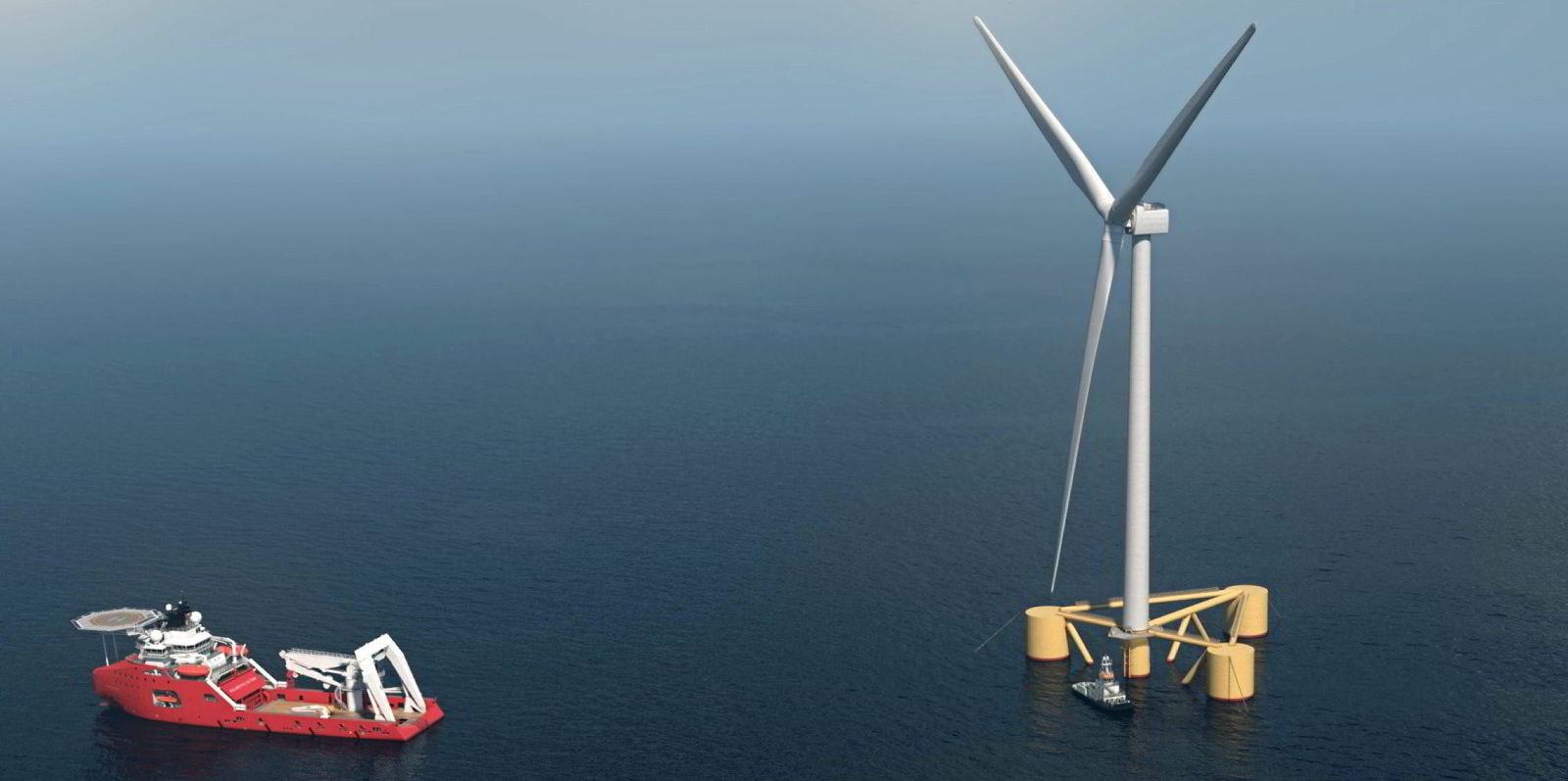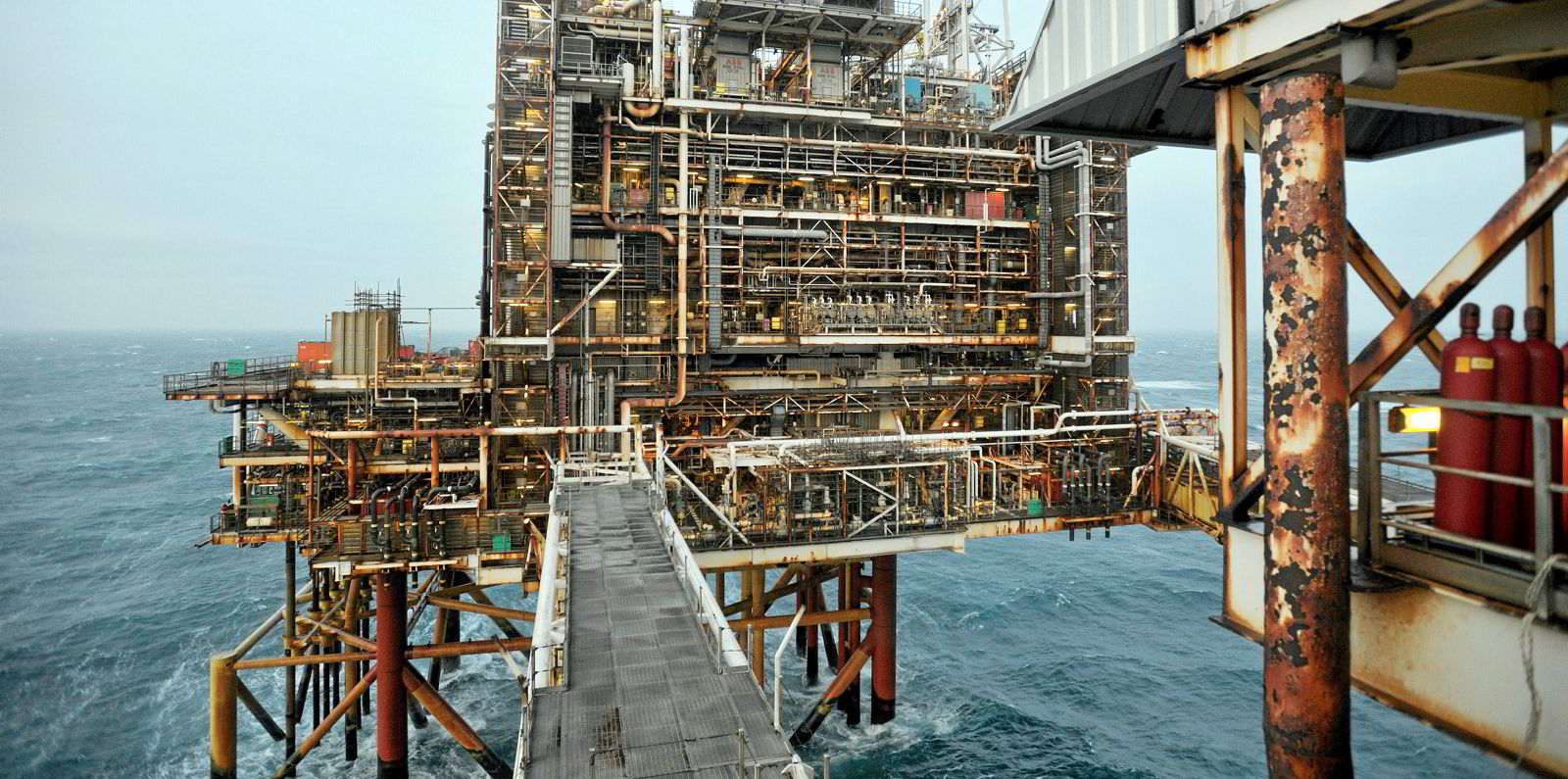Future friction-points likely to be faced by the UK as development of the tens of gigawatts of wind turbines planned for its waters takes shape in the coming decades in time with construction of a large number of carbon capture projects is to be tackled by a new government-industry forum.
Get the market insight you need into the global oil & gas industry's energy transition – from the new newsletter from Upstream and Recharge. Sign up here
Headed up by UK seabed landlord the Crown Estate, the Offshore Wind and Carbon Capture, Utilisation (CCUS) Co-location Forum is tasked with “identifying the key challenges and opportunities” presented by the co-location of sea-based wind and CCUS infrastructure, as well as “solutions to help make this a reality where needed”, as Britain builds out toward the 40GW of plant planned by 2040 to meet net-zero targets.
“As suitable space on the seabed is limited, and as capacities for both will need to increase to meet this target, it is anticipated that that there will be a number of areas that will require infrastructure in the same location,” the Crown Estate said in a statement, adding risks were already foreseen with “a lack of clarity over how issues associated with overlap, such as development planning and precedence” and the ability to “physically perform” CCUS monitoring surveys on an operational offshore wind farm and its power infrastructure.
Crown Estate managing director Huub den Rooijen, said: “Reaching the nation’s net zero target is one of the greatest challenges of our time. Offshore renewable technologies and carbon storage have a critical role to play in reaching this target and we are focussed on maximising the potential of the seabed to enable their sustainable growth.
“With the seabed more in demand than ever before, collaboration will be key to unlocking this potential… of the seabed for these two critical activities.”
The forum, which brings together bodies including the Oil & Gas Authority, the Carbon Capture and Storage Association and RenewableUK, as well as government and Crown Estate Scotland, den Rooijen added, would “provide the knowledge and evidence to enable the CCUS and offshore wind sectors to flourish and deliver innovative, world-class solutions to tackle the climate challenge”.
Scott Robertson, director of operations at the OGA, said: “The OGA is fully committed to achieving the net zero target, and is already proactively driving key deliverables on the energy transition pathway to net zero.
“The UK continental shelf has delivered huge value for the UK over the last 50 years, and it will become an increasingly crowded place as we progress the energy transition, which is the next chapter in the story of value delivery for the UK.”
The forum, which emerged from recommendations from a study carried out by the Offshore Renewable Energy Catapult with the Net Zero Technology Centre, said among “immediate mitigation actions” would be “co-ordination and communication between projects when planning activities such as surveys, infrastructure and operational safety measures including helicopter and diver operations”.
Along with the targets set by the British government for its offshore wind build-out, the demands on the country’s transitioning oil & gas sector have led to new thinking on wider decarbonisation potential, including a £10bn ($14bn) energy megaproject that could more than halve current greenhouse gas emissions from offshore oil & gas operations by 2025 using a vast fleet of floating wind turbines linked to an onshore hydrogen plant.



